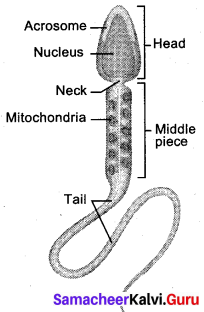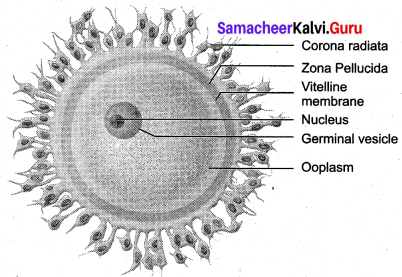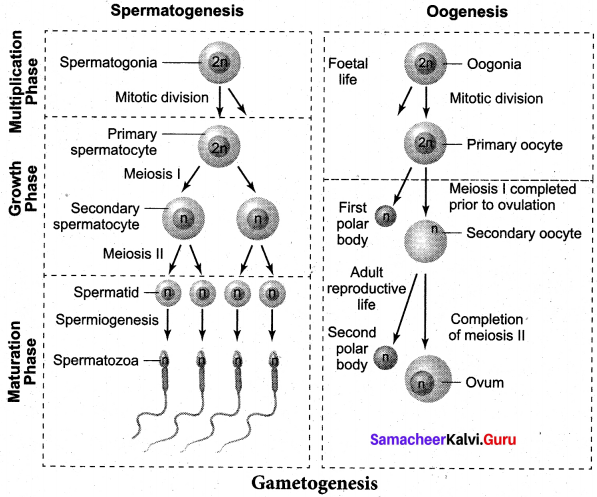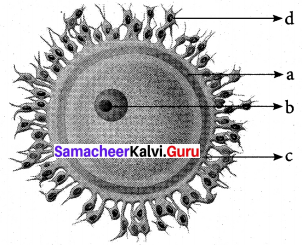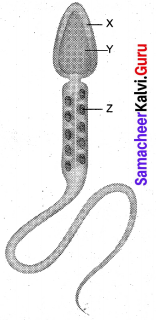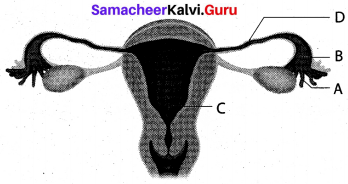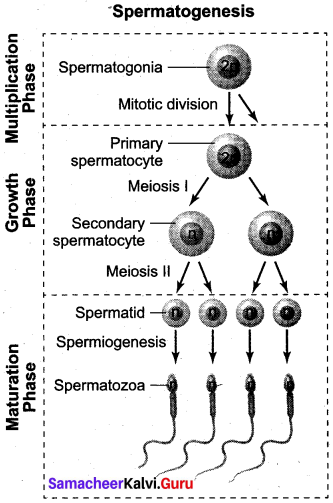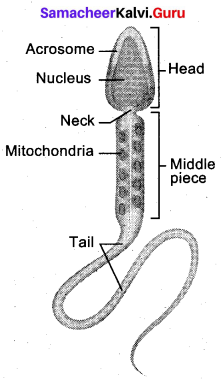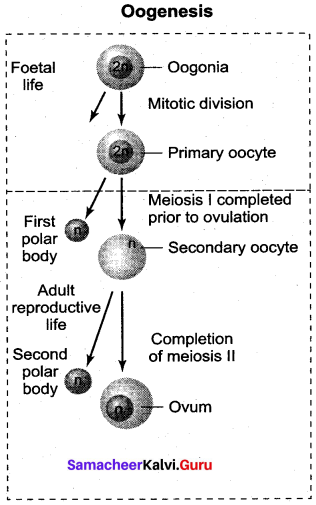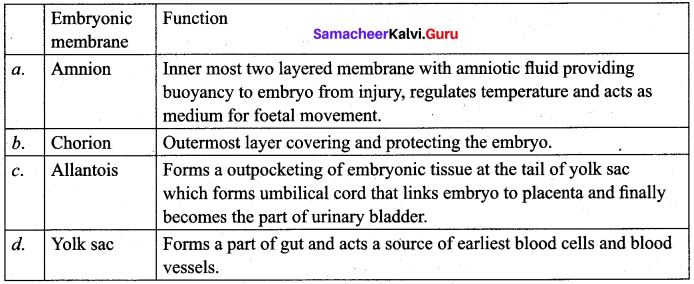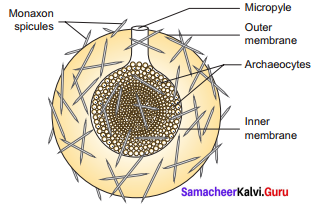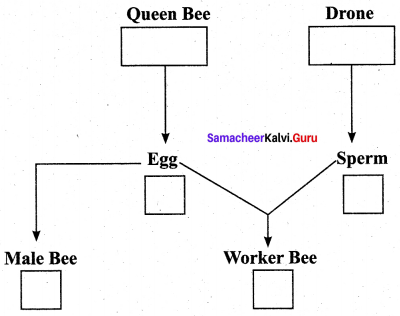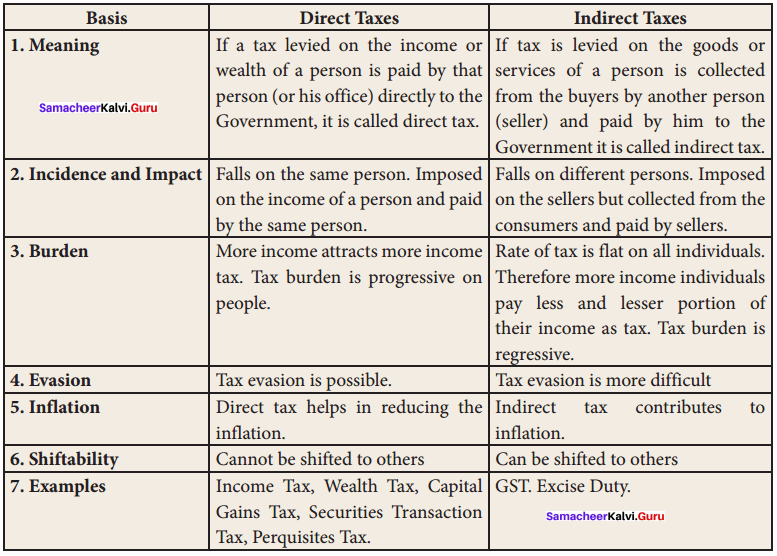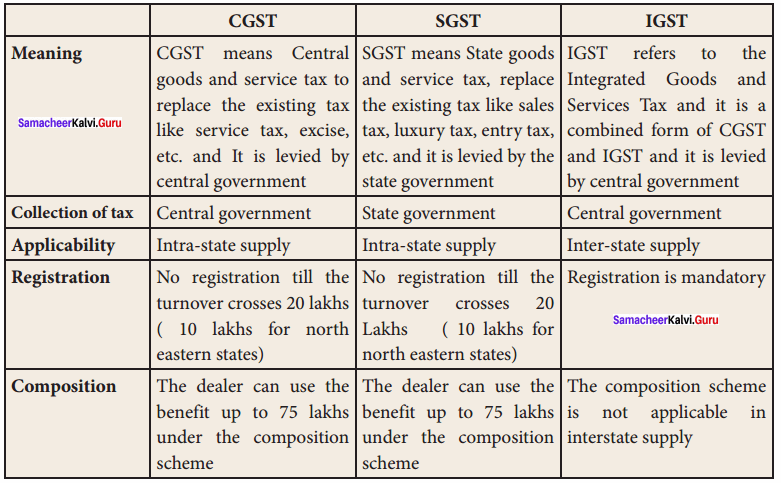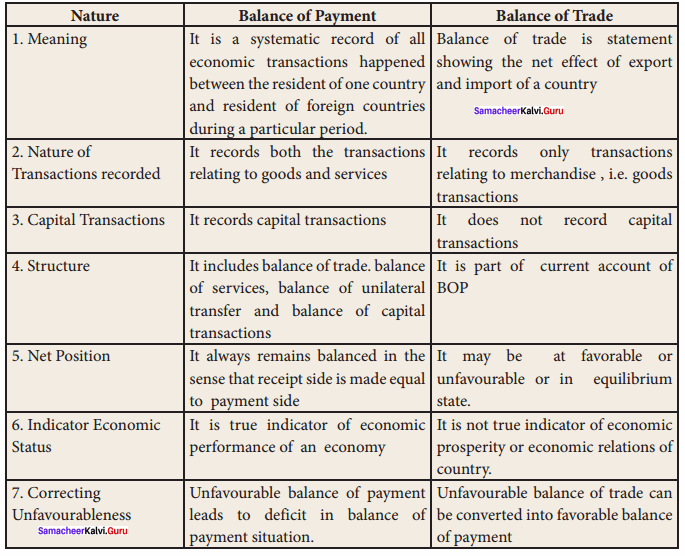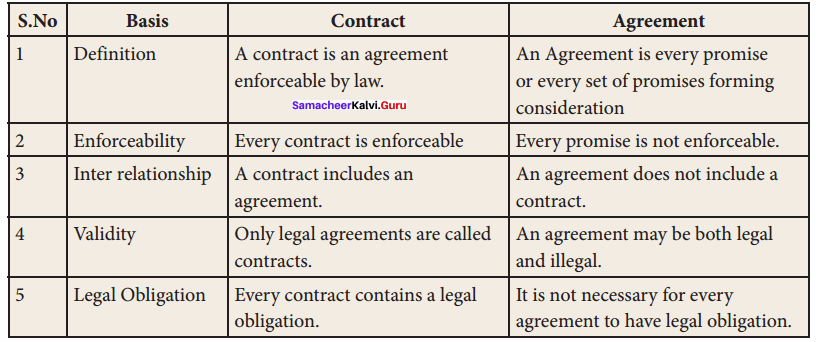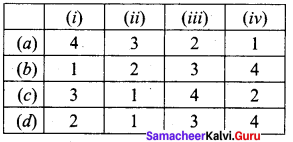Enhance your subject knowledge with Tamilnadu State Board Solutions for 11th Commerce Chapter 2 Functions of Management Questions and Answers and learn all the underlying concepts easily. Make sure to learn the subject from Tamilnadu State Board Solutions Chapter 2 Functions of Management Questions and Answers PDF on a day to day basis and score well in your exams. You can Download Samacheer Kalvi 11th Commerce Book Solutions Questions and Answers are given after enormous research by people having high subject knowledge and for better scoring grade. You can rely on them and prepare any topic of Commerce as per your convenience easily.
Tamilnadu Samacheer Kalvi 12th Commerce Solutions Chapter 2 Functions of Management
Students those who are looking for Tamilnadu State Board Solutions Chapter 2 Functions of Management Questions and Answers Concepts can find them all in one place from our site Tamilnadu State Board Solutions. Simply click on the links available to prepare the corresponding topics of Samacheer Kalvi 11th Commerce Book Solutions Questions and Answers easily. Clarify all your queries from chapter wise different questions to be familiar with the kind of questions appearing in the exam. Thus, you can increase your score and get higher grade in the final exam.
Samacheer Kalvi 12th Commerce Functions of Management Textbook Exercise Questions and Answers
I. Choose the Correct Answer
Question 1.
Which is the primary function of management?
(a) Innovating
(b) Controlling
(c) Planning
(d) Decision-making
Answer:
(c) Planning
Question 2.
Which of the following is not a main function?
(a) Decision-making
(b) Planning
(c) Organising
(d) staffing
Answer:
(a) Decision-making
Question 3.
Distribution of work in groupwise or sectionwise is called as ________
(a) Co-ordinating
(b) Controlling
(c) Staffing
(d) Organising
Answer:
(d) Organising
Question 4.
Which of the following is verification function?
(a) Planning
(b) Organising
(c) Staffing
(d) Controlling
Answers
(d) Controlling
II. Very Short Answer Questions
Question 1.
Write a short note about Planning.
Answer:
Planning is the primary function of management. Nothing can be performed without planning. Planning is a constructive reviewing of future needs so that present actions can be adjusted in view of the established goal.
Question 2.
What is meant by Motivation?
Answer:
The goals are achieved with the help of motivation. Motivation includes increasing the speed of performance of a work and developing a willingness on the part of workers. This is done by a resourceful leader.
Question 3.
What is meant by Controlling?
Answer:
Controlling is performed to evaluate the performance of employees and deciding increments and promotion decisions. The control function helps in identifying under performers and arranging remedial training for them. It is the control function which facilitates synchronization of actual performance with predetermined standards.
Question 4.
How do you coordinate your classroom with peace?
Answer:
All the activities are divided groupwise or sectionwise under organising function. Now, such grouped activities are co-ordinated towards the accomplishment of objectives of a classroom. With the function of co-ordination the classroom must be peaceful and calm.
Question 5.
What is meant by Innovation?
Answer:
Innovation refers to the preparation of personnel and organisation to face the changes made in the business world. Continuous changes are being made in the business. Innovation includes developing new material, new products, new techniques in production, new package, new design of a product and cost reduction.
III. Short Answer Questions
Question 1.
List out the main functions of management.
Answer:
Main functions of management are listed below:
- Planning
- Organising
- Staffing
- Directing
- Motivating
- Controlling and
- Co-ordination
Question 2.
State the importance of staffing.
Answer:
Staffing refers to placement of right persons in the right jobs. Staffing includes selection of right persons, training to those needy persons, promotion of best persons, retirement of old persons, performance appraisal of all the personnel, and adequate remuneration of personnel. The success of any enterprise depends upon the successful performance of staffing function.
Question 3.
Bring out the subsidiary functions of management.
Answer:
- Innovation
- Representation
- Decision-making
- Communication
Question 4.
State the importance of Motivation.
Answer:
The goals are achieved with the help of motivation. Motivation includes increasing the speed of performance of a work and developing a
willingness on the part of workers. This is done by a resourceful leader. The workers expect, favourable climate conditions to work, fair treatment, monetary or non-monetary incentive, effective communication and gentleman approach.
Question 5.
What are the main duties of a manager?
Answer:
- A manager has to act as representative of a company.
- Manager has dealings with customers, suppliers, government officials, banks, financial institutions, trade unions and the like.
- It is the duty of every manager to have good relation with others.
IV. Long Answer Questions
Question 1.
Explain the various functions of management.
Main Functions:
- Planning:- Planning is the primary function of management. Planning is a constructive reviewing of future needs so that present actions can be adjusted in view of the established goal.
- Organising:- Organising is the process of establishing harmonious relationship among the members of an organisation and the creation of network of relationship among them.
- Staffing:- Staffing function comprises the activities of selection and placement of competent personnel.
- Directing:- Directing denotes motivating, leading, guiding and communicating with subordinates on an ongoing basis in order to accomplish pre-set goals.
- Controlling:- Controlling is performed to evaluate the performance of employees and deciding increments and promotion decisions.
- Co-ordination:- Co-ordination is the synchronization of the actions of all individuals, working in the enterprise in different capacities.
- Motivating:- The goals are achieved with the help of motivation. Motivation includes increasing the speed of performance of a work and developing a willingness on the part of workers.
Subsidiary Functions:
- Innovation:- Innovation includes developing new material, new products, new techniques in production, new package, new design of a product and cost reduction.
- Representation:- A manager has to act as representative of a company. It is the duty of every manager to have good relation with others.
- Decision-making:- Every employee of an organisation has to take a number of decisions every day. Decision-making helps in the smooth functioning of an organisation.
- Communication:- Communication is the transmission of human thoughts, views or opinions from one person to another person. Communication helps the regulation of job and co-ordinates the activities.
Samacheer Kalvi 12th Commerce Functions of Management Additional Questions and Answers
A. Choose the Correct Answer
Question 1.
Match the following:
| (a) | Management process | – | (i) | Two categories |
| (b) | Management functions can be classified | – | (ii) | Primary function |
| (c) | Planning | – | (iii) | Subsidiary function |
| (d) | Innovation | – | (iv) | Management function |
| (a) | (b) | (c) | (d) | |
| (A) | 4 | 1 | 2 | 3 |
| (B) | 1 | 2 | 3 | 4 |
| (C) | 4 | 3 | 2 | 1 |
| (D) | 2 | 1 | 4 | 3 |
Answer:
(a) 4,1,2,3
Question 2
______ is the subsidiary function of management.
(a) Planning
(b) Co-ordination
(c) Innovation
(d) Controlling
Answer:
(c) Innovation
Question 3.
Choose the odd one out.
(a) Directing
(b) Motivating
(c) Staffing
(d) Decision-making
Answer:
(d) Decision-making
Question 4.
Which one is not the main function of management?
(a) Communication
(b) Co-ordination
(c) Directing
(d) Motivating
Answer:
(a) Communication
Question 5.
Assertion (A): Co-ordination is the synchronization of the actions of all individuals.
Reason (R): Co-ordination is one of the subsidiary functions of management.
(a) Both are true
(b) (A) true but (R) is not correct
(c) (A) only true
(d) (R) only correct
Answer:
(b) (A) true but (R) is not correct
Question 6.
There are ______ subsidiary functions of management.
(a) Four
(b) Three
(c) Seven
(d) Six
Answer:
(a) Four
Question 7
______ function comprises the activities of selection and placement of competent personnel.
(a) Organising
(b) Planning
(c) Staffing
(d) Controlling
Answer:
(c) Staffing
B. Fill in the blanks
- Management functions are called as ______
- A manager has to act as a ______ of a company.
- ______ helps the regulation of job and co-ordinates the activities.
Answers:
- managerial process
- representative
- Communication
II. Very Short Answer Questions
Question 1.
How the functions of management can be classified?
Answer:
The functions of management can be classified into two categories. They are as follows:
(a) Main functions of Management
(b) Subsidiary functions of Management
III. Short Answer Questions
Question 1.
What do you mean by communication?
Answer:
Communication is the transmission of human thoughts, views or opinions from one person to another person. Workers are informed about what should be done, where it is to be done, how it is do be done and when it is to be done. Communication helps the regulation of job and co-ordinates the activities.
We as a team believe the information prevailing regarding the Tamilnadu State Board Solutions for 11th Commerce Chapter 2 Functions of Management Questions and Answers has been helpful in clearing your doubts to the fullest. For any other help do leave us your suggestions and we will look into them. Stay in touch to get the latest updates on Tamilnadu State Board Solutions for different subjects in the blink of an eye.
